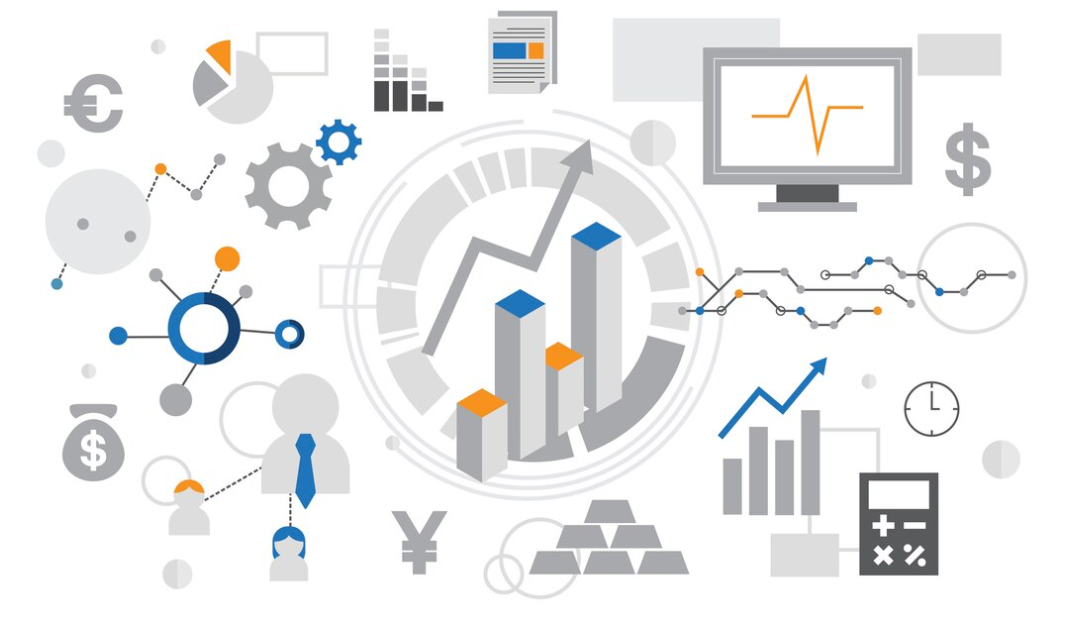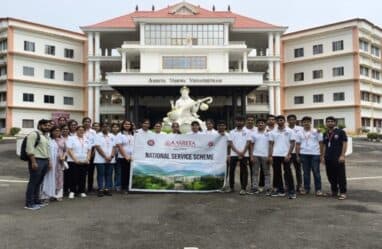Crack UGC NET Economics Paper : Unit-wise Important Topics

Embarking on the endeavour to crack the UGC NET Economics exam in December 2023 requires a strategic and targeted approach, particularly when it comes to mastering the essential topics. Aspirants navigating the intricate landscape of economic principles must identify these pivotal subjects and deploy effective strategies to tackle them with finesse.
This guide meticulously unravels the critical topics for success, ensuring aspirants are equipped with the knowledge and tactics necessary to triumph in this competitive examination.

Also, read Expert Analysis Of UGC NET 2023 Paper 1

- Theory of Consumer Behavior
- Decision-making under uncertainty
- Attitude towards risk.
- Factor Pricing.
- Theory of Production and Costs
- General Equilibrium Analysis
Unit 2: Macro Economics

- National Income: Concepts and Measurement
- Consumption Function.
- Determination of output and employment.
- Investment Function.
- Inflation.
- Phillips Curve Analysis.
Unit 3: Statistics and Econometrics
- Probability Theory.
- Sampling methods & Sampling distribution
- Linear Regression Models and their properties
- Statistical Inferences, and hypothesis testing
- Descriptive Statistics.
Unit 4: Mathematical Economics
- Differential Calculus and its Applications.
- Static Optimization Problems and their applications.
- Difference and Differential equations with applications.
- Sets, functions and continuity, sequence, series.
- Linear Algebra–Matrices, Vector Spaces.
Unit 5: International Economics


Unit 6: Public Economics
- Market Failure and Remedial Measures.
- Regulation of Market.
- Public Budget and Budget Multiplier.
- Public Debt and its management.
- Fiscal Policy and its implications.
Unit 7: Money and Banking
- Components of Money Supply.
- Capital Market and its Regulation.
- Commercial Banking.
- Instruments and Working of Monetary Policy.
- Non-banking Financial Institutions.
Unit 8: Growth and Development Economics

- Economic Growth and Economic Development.
- Theories of Economic Development.
- Indicators of Economic Development.
- Models of Economic Growth.
- Technical progress.
Unit 9: Environmental Economics and Demography
- Concepts and Measures: Fertility, Morbidity, Mortality.
- Age Structure, Demographic Dividend.
- Cost-Benefit Analysis and Compensation Criteria.
- Valuation of Environmental Goods.
- Market Failure.
Unit 10: Indian Economy
- Economic Growth in India: Pattern and Structure.
- Centre-State Financial Relations and Finance Commissions of India; FRBM.
- Reforms in Land, Labour, and Capital Markets.
- Poverty, Inequality & Unemployment.
- Infrastructure Development.
Expert Tips for the Economics Paper
Prioritize Conceptual Clarity: Focus on building a strong conceptual foundation for tackling economic questions. Understand principles rather than memorizing, fostering crucial analytical thinking.
Integrate Real-world Examples: Bring economic theories to life by seamlessly incorporating real-world examples. Showcase practical understanding and the ability to apply knowledge to current scenarios.
Master Graphical Representation: Cultivate proficiency in creating and interpreting graphs, essential in conveying economic insights effectively.
Stay Updated with Economic News: Develop a habit of staying informed about current economic affairs to enrich answers with relevant examples and demonstrate awareness of the subject’s dynamic nature.
Excel in Time Management: Practice answering questions within UGC NET’s time constraints, prioritizing based on strengths for a balanced approach during the examination.

Sample Questions for UGC NET Economics
1. Micro Economics: Law of Diminishing Marginal Utility
Question 1: What is the Law of Diminishing Marginal Utility in Micro Economics?
- It states that the more you consume, the higher the satisfaction.
- Satisfaction decreases with each additional unit consumed.
- Marginal Utility remains constant.
- It is unrelated to consumer behaviour.
Answer 1: B. Satisfaction decreases with each additional unit consumed.
2. Macro Economics: Stagflation
Question 2: Define ‘Stagflation’ in the context of Macro Economics.
- Rapid economic growth with low inflation.
- High unemployment coupled with high inflation.
- A steady state of the economy with no fluctuations.
- A condition of deflation and recession.
Answer 2: B. High unemployment coupled with high inflation.
3. Statistics: Regression to the Mean
Question 3: In Statistics, what does ‘Regression to the Mean’ imply?
- The tendency of extreme values to move towards the average.
- A statistical method to predict future trends.
- The mean of a sample is constant.
- The correlation between two variables.
Answer 3: A. The tendency of extreme values to move towards the average.
4. Monetary Policy: Primary Objective
Question 4: What is the primary objective of Monetary Policy?
- Controlling inflation.
- Promoting economic growth.
- Maintaining stable exchange rates.
- Regulating fiscal policy.
Answer 4: A. Controlling inflation.
5. Economic Growth vs. Economic Development
Question 5: Differentiate between Economic Growth and Economic Development
- Growth refers to an increase in the quantity of goods, while development includes improvement in quality of life.
- Both terms are synonymous.
- Economic development is solely about GDP growth.
- Economic growth is a long-term process, and development is short-term.
Answer 5: A. Growth refers to an increase in the quantity of goods, while development includes improvement in quality of life.
6. International Trade: GATT
Question 6: What is the primary function of the GATT in international trade?
- Promoting world peace.
- Facilitating economic development.
- Regulating global financial markets.
- Promoting free and fair trade.
Answer 6: D. Promoting free and fair trade.
7. General Equilibrium in Economics
Question 7: Explain the concept of General Equilibrium
- Balance between supply and demand.
- Equilibrium in a single market.
- Simultaneous equilibrium in all markets.
- Equilibrium at full employment.
Answer 7: C. Simultaneous equilibrium in all markets.
8. Phillips Curve Determinants
Question 8: What factors determine the Phillips Curve?
- Unemployment rate.
- Inflation rate.
- Interest rates.
- Exchange rates.
Answer 8: A. Unemployment rate.
9. Statistics: Sampling Distribution
Question 9: Define Sampling Distribution in Statistics
- Distribution of a sample in a population.
- Distribution of sample means.
- Distribution of population means.
- Distribution of sample proportions.
Answer 9: B. Distribution of sample means.
10. Monetary Policy and Inflation Control
Question 10: Discuss the role of Monetary Policy in controlling inflation
- Increasing interest rates.
- Reducing money supply.
- Lowering taxes.
- Expanding government spending.
Answer 10: B. Reducing money supply.
End Note
In conclusion, conquering UGC NET Economics in December 2023 demands not only a deep understanding of crucial topics but also the adept application of subject-specific strategies. Aspirants are encouraged to weave together comprehensive knowledge, analytical prowess, and strategic approaches to excel in this competitive examination. The journey to success lies in the fusion of diligent preparation and the astute application of subject-specific tips. Best of luck!






